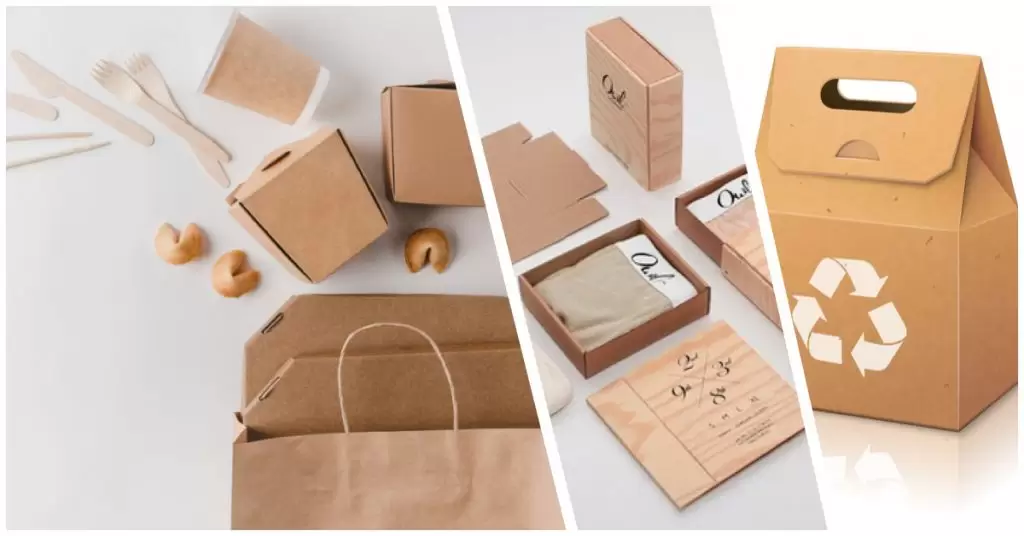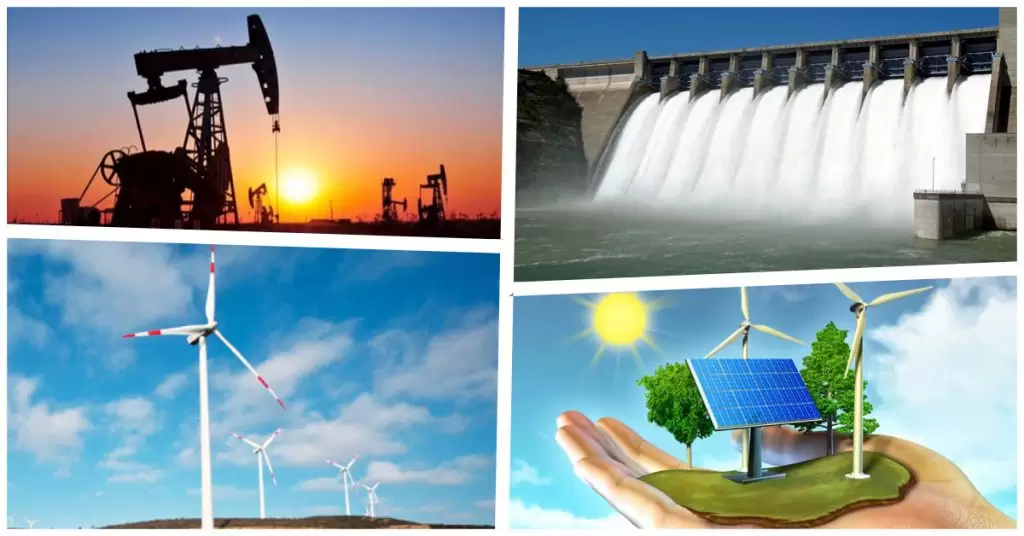Nowadays, we find many products that claim to be made of eco-friendly materials.
Solar phone chargers, glasses, bamboo underwear, disposable tableware, shampoo, are just some of the eco-friendly products we find on the market.
But what is eco-friendly?
The theory indicates that an eco-friendly product is environmentally friendly.
Furthermore, we believe that being eco-friendly is about pursuing sustainability. In other words, all our actions should seek to maintain the delicate balance between the environment, the economy and society.
Having clarified this first concept, let’s move on to talk about the different types of eco-friendly materials on the market.
Types of eco-friendly materials
The idea is to end, once and for all, the confusion surrounding them.
When you finish reading this article, you will have absolute clarity on the differences and possible meeting points in each of them.
Biodegradable

As established by the UNE-EN 13432 standard of the European Committee for Standardization, a biodegradable material is through the
“Decomposition of an organic chemical compound by microorganisms in the presence of oxygen to give carbon dioxide, water, mineral salts in any element present (mineralization) and new biomass; or in the absence of oxygen to give carbon dioxide, methane, mineral salts and new biomass”.
If we were to apply this concept to any material, we would be able to establish that almost all materials can be considered biodegradable.
The problem is in the time it takes for them to disappear and the damage they generate during that interval.
For example, glass takes 4000 years to disappear, batteries between 500 and 1000 years, a plastic bag 150 years, a tetrabrik container decomposes in 30 years, then all of them, disappear with time.
Then, we could complete the concept of biodegradable with the tag “in the shortest time possible“.
In this way, we conclude that biodegradable materials must be decomposed -without human intervention- in the shortest time possible.
Composting

There is a belief that compostable and biodegradable are synonymous, but this is not true at all.
Compostable materials are those used to make organic fertilizer, also known as compost.
Composting is a process that involves the recycling of food or food waste, from human consumption, and plant debris, resulting from tree pruning and garden waste.
These ingredients are kept at a temperature between 50 and 60˚ centigrade.
And this is one of the most marked differences with biodegradable materials: to transform compostable materials, the participation of man is required.
One of the compostable materials that are at their best are polylactic acid plastics, known as PLA and made from corn, potato or wheat starch.
With PLA plastic, glasses, plates, trays, films, medical sutures, implants, among other products are manufactured.
Degradables

Degradable materials are those that are broken down into much smaller particles, through various processes.
For example, products made from degradable plastics contain chemicals that allow them to fragment into tiny parts, some of them microscopic.
The degradation of materials can be done by two processes:
Oxodegradables
Oxo-degradable materials are those that decompose or degrade through oxidation.
Regularly, the process starts with the promotion of oxidation through exposure to solar radiation, mechanical stress or heat.
The end result is a low-molecular-weight waste that – over time – can be biodegraded.
Photo-degradable
During the summer, autumn and spring months, the Sun emits the maximum UV radiation towards our planet.
Taking advantage of this great amount of energy, photodegradable materials are exposed to sunlight to achieve their decomposition, especially in those months.
The photodegradable materials are locked with chemicals that accelerate the process and the degradation runs faster.
Although this material is considered eco-friendly, there are doubts about the toxicity levels generated by the particles resulting from the degraded material.
Recyclables

Recyclable materials are all those that, after being subjected to processes triggered by human beings, can be converted into raw materials to manufacture new products.
In general, the recycled material does not lose its properties and the resulting products are of high quality.
Among the most common recyclable materials are aluminium, metals, plastics, paper, cardboard and glass.
An important element comes into play here and that is the correct classification of waste. A large part of the further processing for recycling depends on this.
Water soluble

Eco-friendly materials considered to be water-soluble are – to a large extent – plastics.
This type of material decomposes, until it completely dissolves, when it comes into contact with water at different temperatures.
These types of plastics are used to manufacture bags, filaments for 3D printers, funeral urns, among others.
Bioplastics one of the newest eco friendly materials

Recently invented, bioplastics are manufactured after processing natural and renewable raw materials.
Among the advantages of bioplastics is their ability to be biodegradable or compostable materials.
The most widely used natural sources are the soybean, corn and potato starch plants.
In some countries, large extensions of land are planted for the subsequent production of immense quantities of bioplastic.
The manufacture of shopping bags, bottles, beach toys, glasses, medical boots, pens, cellular equipment and car parts are some of the uses that are being given to bioplastics.

Since we are talking about eco-friendly materials and the concepts mentioned in this sector, we believe it is a good time to expand further the concepts we handle.
Let’s look at the meaning of four words that you will often encounter in the world of eco-friendly materials:
Renewables
All those natural resources that can be restored for use in the manufacture of new products are considered renewable.
For example, solar energy, water, wind, biomass, are some of the products that are considered renewable.
Partially renewable
They are those products that, in order to be renewed, must be regenerated at a speed equal to or greater than that of their consumption.
For example, wood from trees are resources considered partially or potentially renewable.
If consumption exceeds the speed of generation, an imbalance is created that could endanger the ability to renew the natural product.
Non-Renewable
In this typology of natural materials are located all those that are used in the manufacture of single-use products.
In other words, they can be used once, but cannot be recycled to make new products.
The most prominent examples of non-renewable resources are oil, natural gas, minerals and metals.
Sustainable
In the ecological field, which unites us, the term sustainable or environmental sustainability is the ability to maintain the balance between the natural generation of natural products and their consumption.
In other words, it is the harmony that must exist between the satisfaction of human needs and the capacity of nature to generate solutions.
If you still have any questions, write to us in the comments section and our experts will respond as soon as possible.

